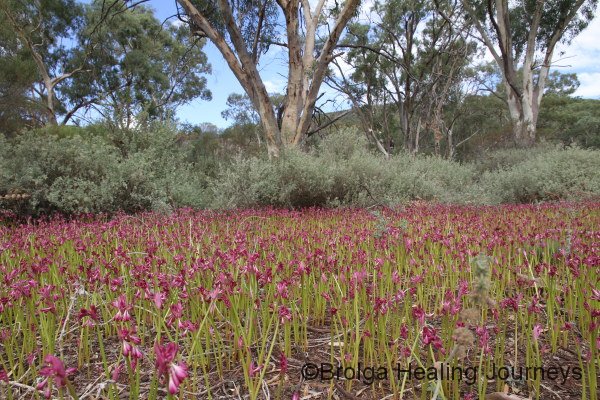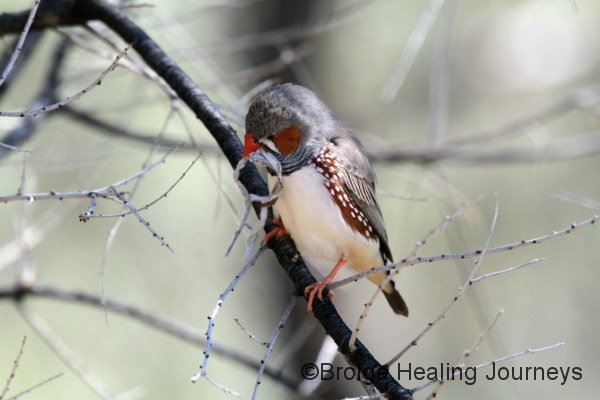More Adventures in the Flinders Ranges – Wallabies and Native Lilies – February 2011

Our first stop after Scotia was Broken Hill – a rather gentle way to re-enter civilization. After a couple of months in the remote Scotia sanctuary we certainly appreciated the cafes, galleries and interesting streets and old buildings of the silver city. We intended a short stay but Mother Nature had other ideas, turning on the rainfall in a big way. 120mm or so in one afternoon and our short stay suddenly stretched to many days longer with highways cut in all directions. We had planned to head up the Darling River to re-explore that area and re-visit Louth, but could cross that off the agenda for now. We also planned to spend a week at Buckaringa Wildlife Sanctuary in the Flinders Ranges, but Katja, whom we met at Scotia and now planned to meet at Buckaringa, was stranded at Scotia after flooding there. Okay – postpone that as well.

